
Cats and Dogs from the Hurricane affected regions still need
help. I do my part by transporting animals when I can. I work
with Maine
Coone Rescue and get emails when an animal is going to be
coming through my area. I volunteer to take a “leg” or section
of the trip and get the animal from one person in the chain to
another.
I find this work fascinating. I met Mr. Beasley doing this. I’ve
met some wonderful people who love animals through the groups. I
now have friends that foster, or take in and care for an anmimal
for a short time, as well as transport animals, so I know who to
call if I need an animal or need to foster an animal.
Most of these animals come from loving homes, were once well
cared for and truly loved. Through no fault of their own, their
owners had to give them up. They ended up in the rescue instead
of the animal shelter so that they would have a better chance at
life. Most shelters put animals to death after a set time
period. Cats living in rescue are allowed to live their natural
lives.
PetFinders is a
wonderful resource for adoption, but also for rescue. let’s say
you live in Florida and see a cat you want to adopt, living in
Pennsylvania. The cat would make a trip to your home. Even
though you pay for the service of having the animal brought to
you, the drivers do this for the love of the animals. The fees
you pay for adoption include the veterinary care, certification
for crossing state lines, and a small fee to keep the
organization going.
I’m lucky, because my transport co-ordinator is so organized.
I’ve been part of transports by other people that are a mess
because someone decided to strike off on their own to move the
animals, instead of following protocols. I’ve fostered cats
overnight when it was necessary. I keep a second litterbox
available for this use, and always have extra bowls around. My
cats can get a little unhappy about the visitor, but I cuddle
everyone if possible, and keep to the schedule to get the cat to
it’s forever-home. Usually, my co-ordinator takes control of
everything and I just meet someone someplace in town, drive
about 90 minutes to the next meeting place and drop the animals
with the next leg. The biggest thing I worry about is not
holding up the transport by being late. I had a big dog once who
was not in a carrier<
/a>, and that worried me. It worked out OK, but I won’t
transport any more animals not in crates. I was so worried about
the dog the whole way, that the trip made me frantic.
The hurricane affected areas are still producing a lot of
animals who may never see their owners again. It’s so
heartbreaking that I can easily be overwhelmed with the
magnitude of needy cats and dogs. I know I cried during a recent
PBS Special. It fired me up to do as much as I can. I live in a
small apartment, and can’t legally take on more cats, but I can
foster for a short time (1-2 weeks if necessary) one cat at a
time. During that time, the cat is cared for and loved, and
given as normal a life as possible. When it’s time to hit the
road again, I have the carrier cleaned out and ready to go, all
the paperwork and personal items for the cat packed, and start
out to the meeting place for the next leg, with an eye to
meeting the next transporter.
To get involved with this work, look for Yahoo!
Groups or Google
Forums under animal rescue and sign up or subscribe to them.
Post your offers, thoughts and concerns to the forums and
provide your email address to the leaders of the transports. If
you can foster an animal, do so. Even a short stay is welcomed.
If you can take special needs animals, let them
know. Cats testing positive for FeLV need special care and to be
separated from the general cat population. Diabetic cats need
special foods.
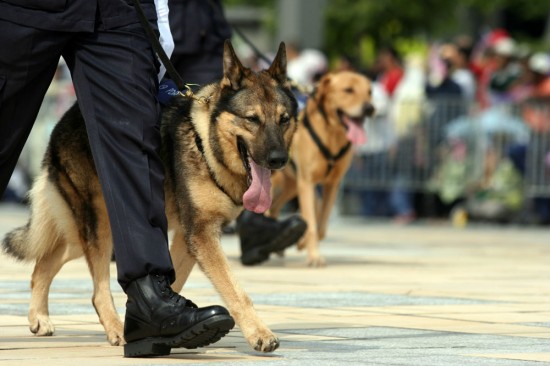 6 Good Reasons To Adopt A Retired German Shepherd
6 Good Reasons To Adopt A Retired German Shepherd
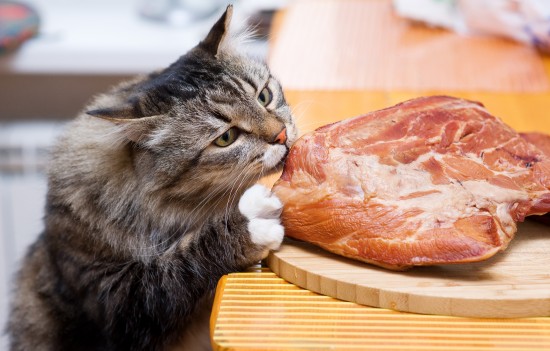 The Importance Of Taurine In A Cats Diet
The Importance Of Taurine In A Cats Diet
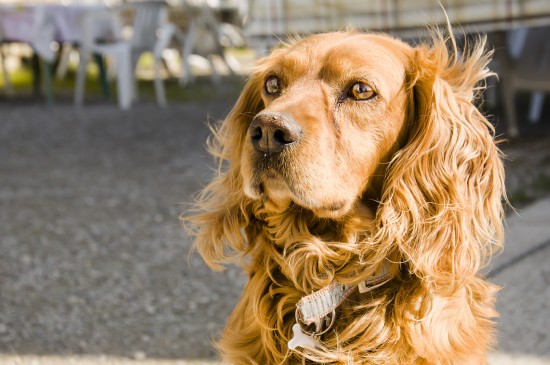 Rage Syndrome In Spaniels And Other Dogs
Rage Syndrome In Spaniels And Other Dogs
 Facts About Pet Vaccinations You Need To Know
Facts About Pet Vaccinations You Need To Know
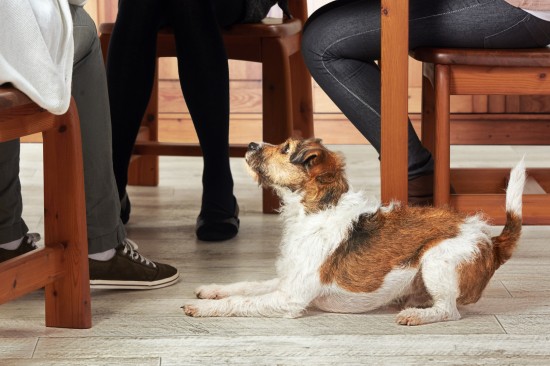 Does Your Dog Beg For Snacks ? It Could Be Why Theyre Piling On The Pounds
Does Your Dog Beg For Snacks ? It Could Be Why Theyre Piling On The Pounds
 Dogs Copy Other Dog’s Behaviour - Good And Bad!
Dogs Copy Other Dog’s Behaviour - Good And Bad!
 7 Of The Most Affectionate Cat Breeds
7 Of The Most Aff
7 Of The Most Affectionate Cat Breeds
7 Of The Most Aff
 Top choice for buy online pet meds-Genericfrontlineplus
Generic flea Control by Generic Frontline meds
Generic Fron
Top choice for buy online pet meds-Genericfrontlineplus
Generic flea Control by Generic Frontline meds
Generic Fron
 Obesity In Cats
Obesity In Cats
Obesity In Cats
Obesity In Cats
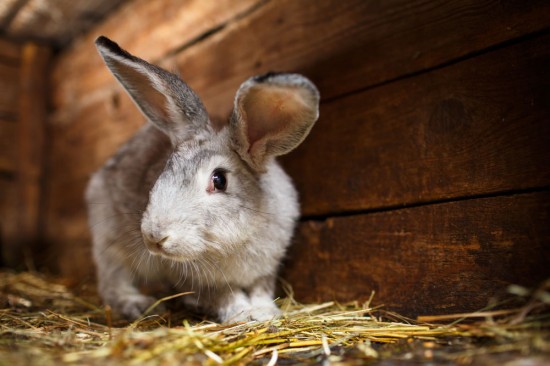 A Hutch Is Not Enough - Why Rabbits Should Not Be Considered As An Easy Pet
A Hutch Is Not En
A Hutch Is Not Enough - Why Rabbits Should Not Be Considered As An Easy Pet
A Hutch Is Not En
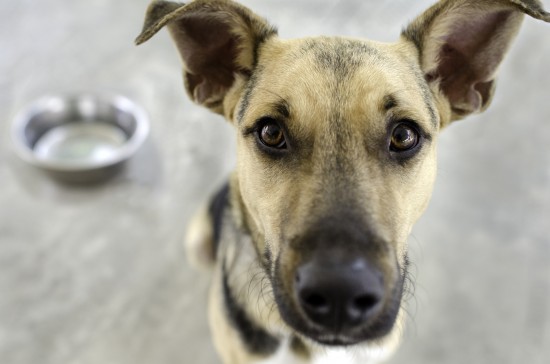 Making A Cat Or Dog Food Complaint
Making A Cat Or D
Making A Cat Or Dog Food Complaint
Making A Cat Or D
Copyright © 2005-2016 Pet Information All Rights Reserved
Contact us: www162date@outlook.com